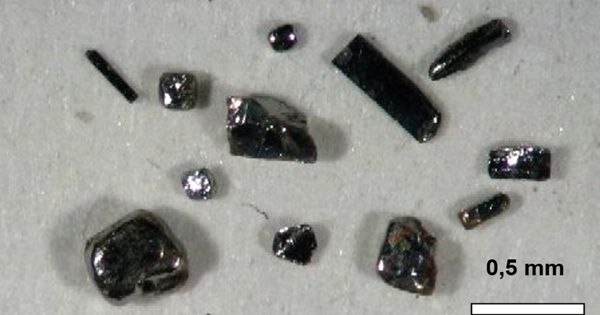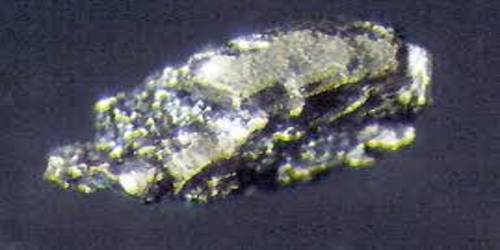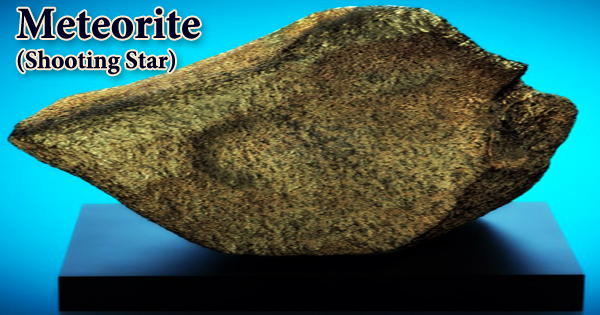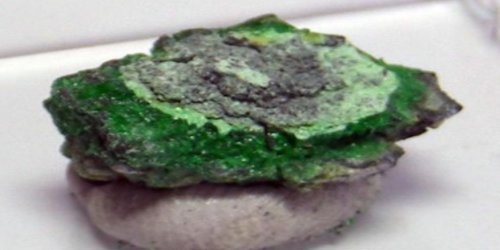Naldrettite is a mineral with a chemical formula of Pd2Sb. It is a new intermetallic mineral discovered in the Mesamax Northwest deposit, Cape Smith folds belt, Ungava region, northern Québec. It is named after Anthony J. Naldrett (born 1933), a professor at the University of Toronto, who has made significant contributions to the International Mineralogical Association (IMA).
Naldrettite is economically important because of its chemical composition (Pd2Sb). The sample in which the new mineral was discovered had high platinum group elements (PGEs) with palladium enrichment.
General Information
- Category: Sulfide mineral
- Formula: Pd2Sb
- Crystal system: Orthorhombic
- Crystal class: Dipyramidal (mmm)
- Color: Appears creamy white in plane-polarized light.
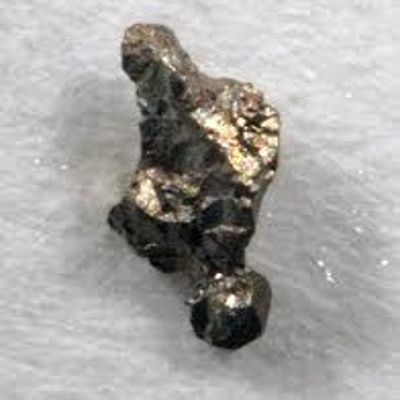
Properties
Naldrettite appears bright creamy white in association with pentlandite, pyrrhotite, clinochlore, and chalcopyrite. The mineral is metallic, opaque, appears bright creamy white under plane-polarized light, has weak bireflectance, and does not exhibit internal reflections.
- Twinning: strain-induced polysynthetic
- Fracture: Irregular
- Tenacity: Ductile, Flexibly inelastic
- Mohs scale hardness: 4-5
- Luster: metallic
- Diaphaneity: opaque
Occurrences
Naldrettite occurs as anhedral grains that are commonly attached to sulfide minerals and are associated with clinochlore. It belongs to the orthorhombic crystal system and is a part of the pyramidal class. This means that all of the edge lengths (a,b,c) of the unit cell are different in length and intersect at right angles to each other.
It is associated with monoclinic pyrrhotite, pentlandite, chalcopyrite, galena, sphalerite, cobaltite, clinochlore, magnetite, sudburyite (PdSb), electrum and altaite.
